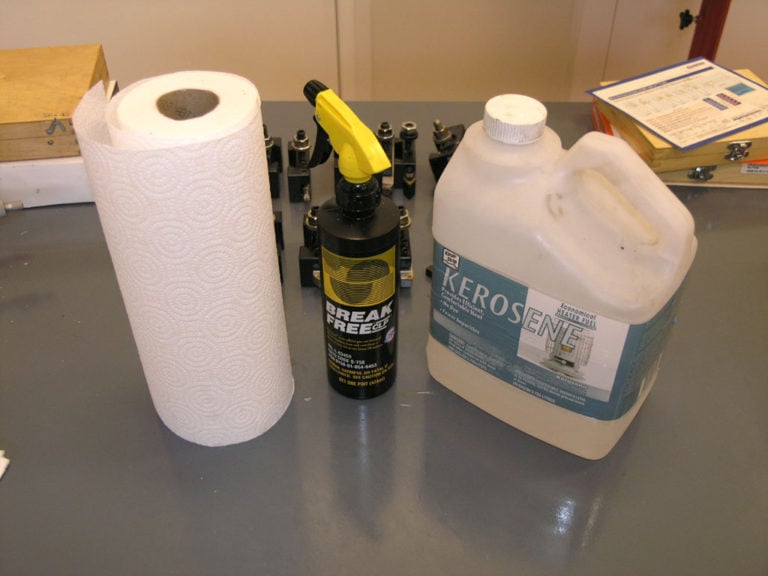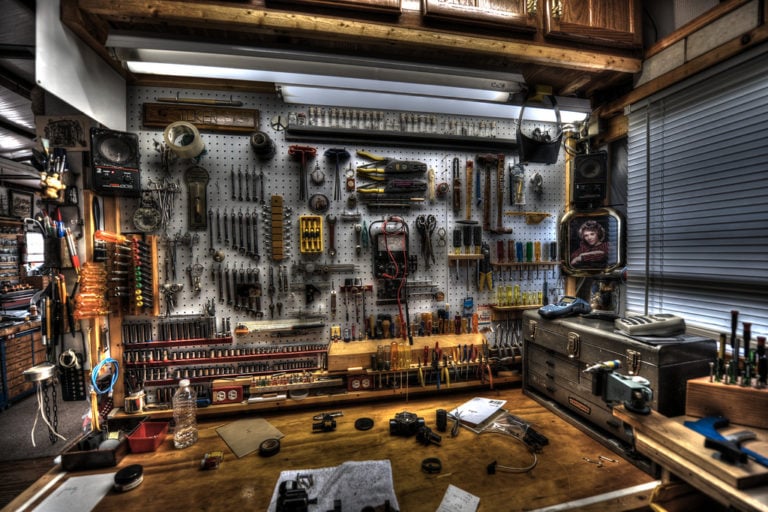I like new toys as well as the next guy, so I try to take reasonable care of them. Toward that end, I’ve adopted a standardized “check-in” procedure for my shop.
When a tool arrives, it is logged into an Excel spreadsheet. I have pages for tooling, consumables (cutters, abrasives, fluids, etc.), and stock (aluminum, steel, bearings, etc.). I don’t keep anything more than the description, date received, cost, shipping cost, and the seller.
Another thing I started doing that’s useful: Every 6 - 12 months, I scan the list and highlight items I remember using. This gives me an idea of what things I bought that I have never used.
Once items are logged into the spreadsheet, the next step is cleaning and rust protection.

I clean any cosmolene (or other gummy residue) off with kerosene or brake cleaner, depending on how tough the residue. That makes the tools shinier, but also exposes them to potential rust. So, I immediately wipe them down with a rust-preventative.
I like Break-Free, which is used by the U.S. Military and others as a protectant. Break-free is available as an aerosol, but I prefer the pump bottle as is shown. I’ve taken to using the pump style with WD-40 too – I still use WD-40 for lots of things, just not as a rust preventative. You can order a bottle of Break-Free from Amazon for a little over $20.
I live on Monterey Bay, and there’s often a sea breeze. The breeze is nice, but it’s full of moisture and salt. Having a good rust preventative like Break-Free helps me sleep better.
I’ve never noticed any rust on my tools. On tools I use a lot, I may give them an extra wipe down before they go back in the tool box once a year or so. After a good wipe down with kerosene followed by some Break-Free rust preventative, the tools are ready for use!
Last step is to find the tool a home. It needs to live somewhere I’ll think to look, and it needs to be permanent, not just a spot on a big pile of dissimilar things.
Try a check-in procedure at your shop. It’ll help you stay organized and help protect your tooling.
In my shop, tooling has rapidly become the lion’s share of my investment. In other words, I’ve spent more on tooling than machines – you’d be surprised at how easy this is to do, so why not invest in a little TLC for that tooling?
This blog originally appeared on CNCCookbook.


